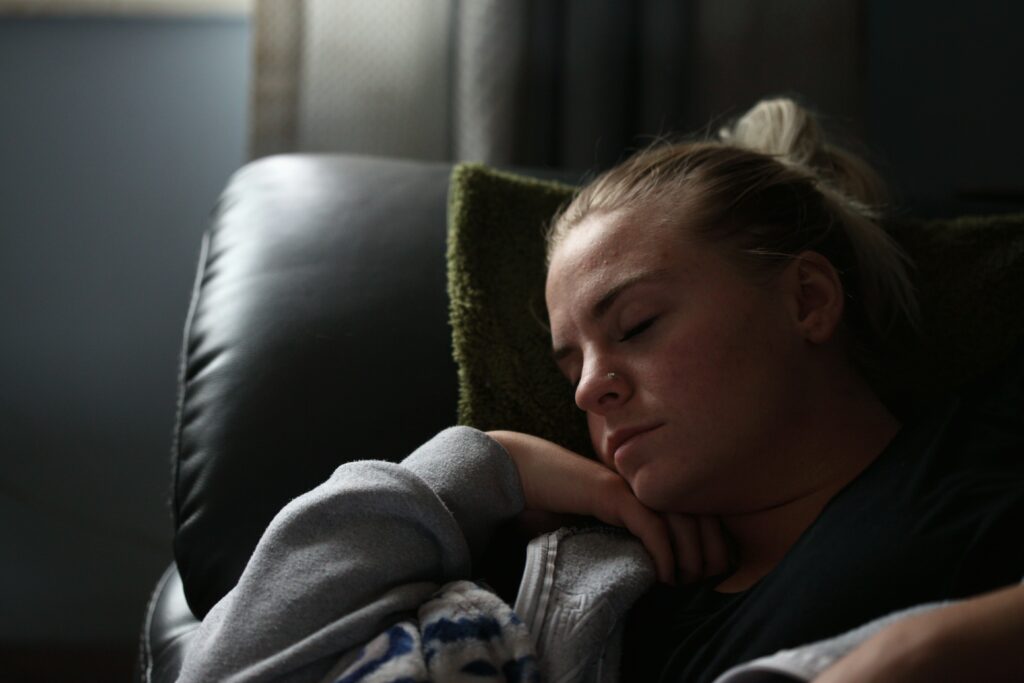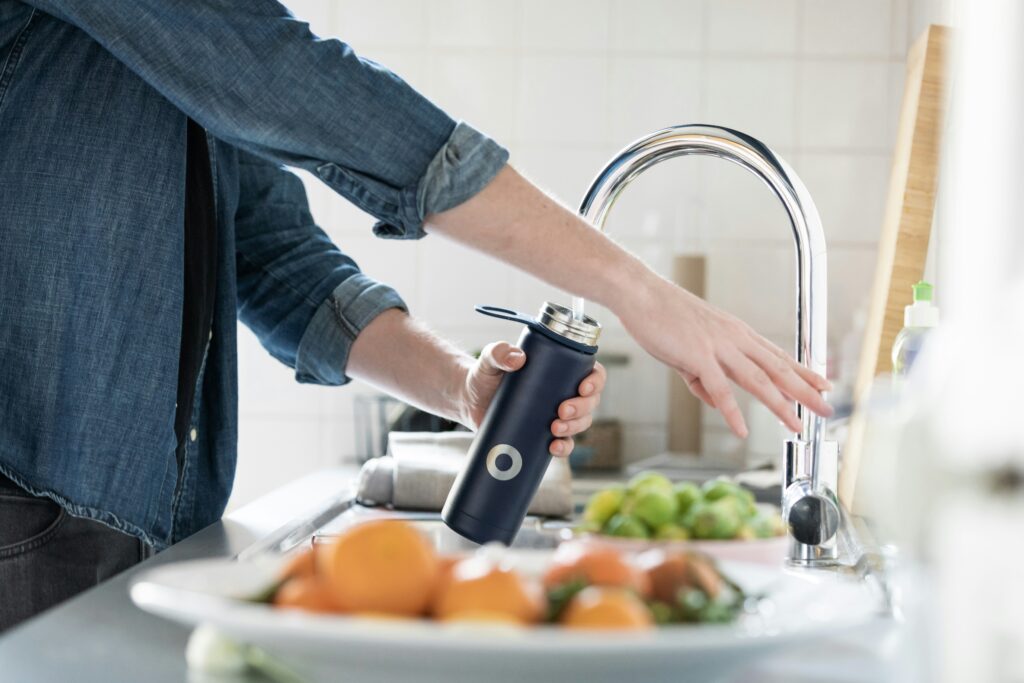So, you’ve been twisted into a human pretzel for hours, and your body feels like it’s been run over by a steamroller? Welcome to BJJ! But fear not, because smart recovery can help you get back on the mats faster than you can say “kimura.”
1. Sleep – Your Secret Weapon
Sleep isn’t just for recovery; it’s for survival. You might want to roll nonstop, but without proper sleep, your body won’t repair those sore muscles or flush out the mental fog. Studies show that 7-9 hours of sleep per night can significantly enhance athletic performance and recovery (Watson, 2017). So, if anyone calls you lazy for sleeping in, just tell them you’re optimizing your rear naked choke.

2. Hydration – Water, Water, Everywhere
You know what’s not fun? Cramping mid-roll because you haven’t hydrated properly. Rehydrating after a tough BJJ session is crucial to replenish lost fluids and avoid muscle soreness. Also, water is magical—seriously, it flushes toxins out of your body faster than you tap out to a heel hook.

3. Active Recovery – Keep It Moving
Don’t just become one with your couch post-training. Try light cardio or stretching the next day to keep the blood flowing. A leisurely walk or yoga can improve circulation and help reduce soreness (Cavanaugh et al., 2017). Just don’t confuse “active recovery” with rolling at 80% effort again—that’s called not recovering.
4. Fuel the Machine – Eat Like You Mean It
Recovery isn’t just what you do post-training—it’s also what you eat. Protein is your best friend here; it helps repair those tiny tears in your muscles (Schoenfeld & Aragon, 2018). Add in some carbs for energy, and maybe skip the post-training nachos—at least until after your tournament.

5. Cold Therapy – Ice, Ice Baby
If you’re feeling especially beat up, ice baths or cold showers can help reduce inflammation and speed up recovery (Bleakley et al., 2014). It’s a love-hate relationship, though—like shrimping out of side control against someone twice your size. It hurts, but it works.
Conclusion
Recovery is as much a part of your BJJ training as drilling sweeps or hitting submissions. By incorporating these methods into your routine, you can make sure you’re always ready to roll. So, go ahead, hydrate, sleep, stretch, and let’s get you back on the mats—your next roll awaits!
References:
Bleakley, C. M., Costello, J. T., & Glasgow, P. D. (2014). Cold water immersion (cryotherapy) for preventing and treating muscle soreness after exercise. Cochrane Database of Systematic Reviews, 2014(8), CD008262. https://doi.org/10.1002/14651858.CD008262.pub2
Cavanaugh, M. T., Aboodarda, S. J., Doherty, T. J., & Behm, D. G. (2017). Foam rolling of quadriceps decreases biceps femoris activation. Journal of Strength and Conditioning Research, 31(8), 2234-2241. https://doi.org/10.1519/JSC.0000000000001688
Schoenfeld, B. J., & Aragon, A. A. (2018). How much protein can the body use in a single meal for muscle-building? Implications for daily protein distribution. Journal of the International Society of Sports Nutrition, 15(10). https://doi.org/10.1186/s12970-018-0215-1
Watson, A. M. (2017). Sleep and athletic performance. Current Sports Medicine Reports, 16(6), 413-418. https://doi.org/10.1249/JSR.0000000000000418

